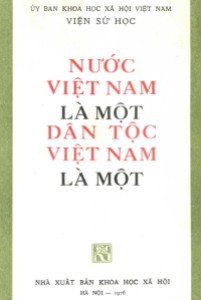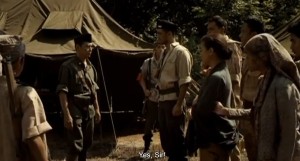One of the main myths that nationalist historiography creates is that the people of the nation all unite together for a common cause. During the period of decolonization, the common cause was the fight against the colonizers.
In reality, of course, this is not what actually happened. And the reason why the nationalist version of the past gets repeated over and over is because its claim to the truth is so weak. It needs to be repeated until people have heard it so much that they come to believe it.
Some of the colonized fought against the colonizers, and some worked together with them. Some of the colonizers suppressed the colonized, and some supported the colonized in their effort to gain independence from colonial rule.
Then within each of these basic groups there were other divisions as well.
I was reminded of this the other day when I watched a recent movie from Indonesia called “Merah Putih 2 – Darah Garuda.” The English name of this movie is “Blood of Eagles.”
This is how I found the film summarized on the Internet: “Set against a historically authentic backdrop of Indonesia’s struggle for independence in 1947, during the Van Mook offensive into the heart of republican territory in Central Java, Darah Garuda is a story about young Indonesian cadets who bond together despite their differences in religion, ethnicity, class and culture, to become guerrilla fighters for Indonesia’s independence.”
Actually, what impressed me about this movie was the ways in which it was very different from what one would expect from a poster like the one above, and from the above description. Rather than showing how people “bonded together” to fight for Indonesia’s independence, I think this movie does a great job of revealing how weak the bonds between people at that time were.
Yes, this film is about a group of people who are fighting for the independence of Indonesia after World War II, but the group is wracked by divisions and conflicting interests.
At the same time that they are united in their fight, they are suspicious of each other. Muslim Javanese do not trust Hindu Balinese, Christian Ambonese and rich people from Jakarta.
The children of people from the islands who collaborated with the Dutch join the fight against the Dutch for their own complex reasons, not necessarily out of a sense of common purpose with others.
And then such timeless human traits as jealousy, ambition and love also all intrude and create divisions between the people who are “united” against the colonizers.
To be fair, the film has its weak points, but I really like the way that it treats the complexity of human interactions in a “united” resistance war.
http://www.youtube.com/watch?v=a4dzHlfBupc




